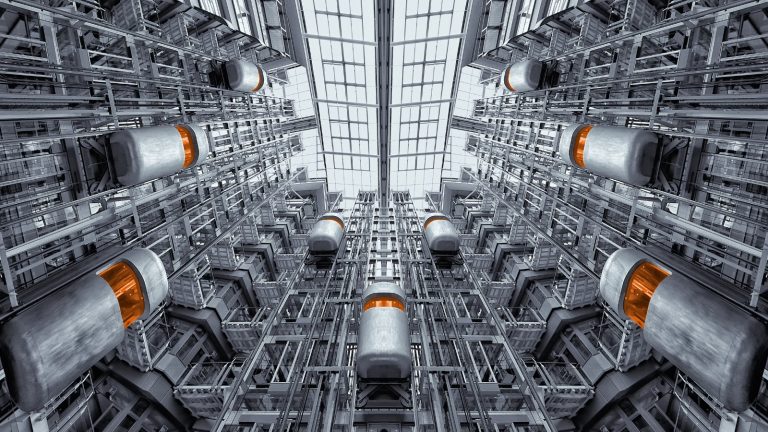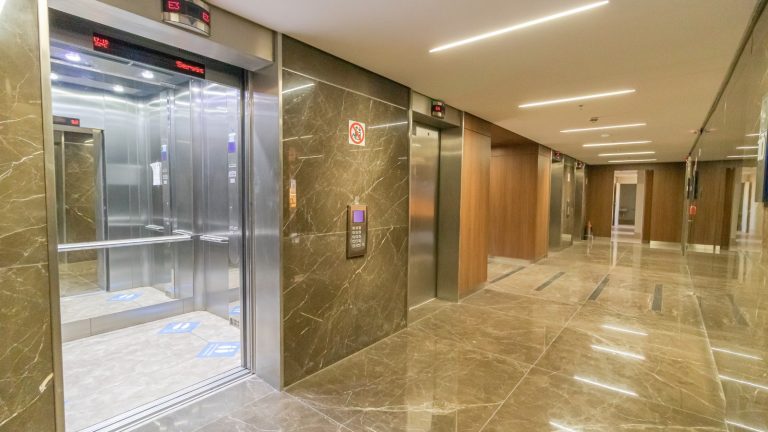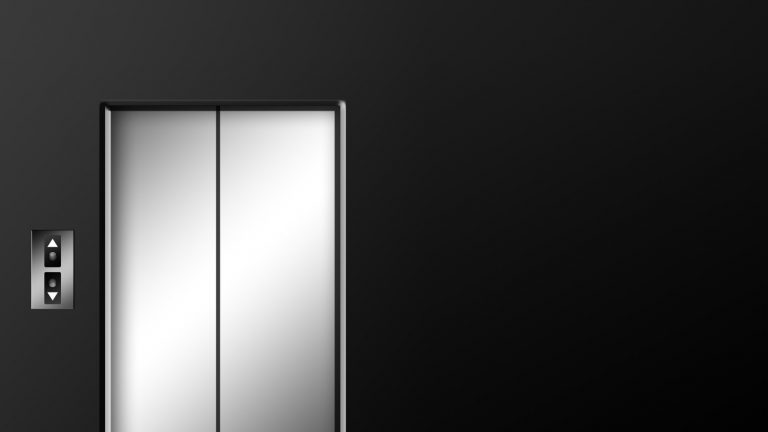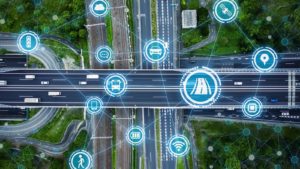Australia has been known for its enthusiasm for larger buildings and modern interiors for so long. Be it residential or industrial, these mass-level buildings require one compulsory element, which is lifts! When it comes to deciding the suitable design, construction, and execution, lift installation needs on-point planning. This is where modern technology comes into play. Australian lift installation companies tend to opt for one digital tool in order to achieve perfection in their lift installation framework. That is ‘Digital Twin’ technology.
This article will reveal everything about the application of Digital Twin technology in the realm of lift installation in the Australian construction domain.
We will understand
What is Digital Twin?

- If put in simple words, this is a mirror. Digital Twin technology does exactly what a mirror does! It can create virtual replicas of physical objects, systems, or processes that are 100% similar to the original element. That is why these digital twins are known as dynamic models that copy the real-world element’s behaviour, allowing for simulation, analysis, and optimisation.
- But how does this technology copy those real-world things? The mechanism is not quite simple. They incorporate data from various sources, such as sensors, IoT devices, and historical records. With this data in place, Digital Twin can accurately represent the physical entity’s status, performance, and interactions in real-time or near-real-time.
- The outstanding feature of the Digital Twin technology is that it offers deeper insights into the functioning of physical assets, which cannot be seen with the naked eye. In other words, you can call it a magnifying glass! As an advanced function, the latter offers predictive maintenance, performance optimisation, and scenario testing.
- When incorporated with advanced analytics, machine learning, and simulation techniques, the latter empowers businesses to make informed decisions as it covers every aspect of the business. This enhances efficiency and reduces risks across various departments.
- Particularly when it comes to Digital Twin technology in construction, it acts like a bridge between the real world and the virtual world.
Key Ways to Employ Digital Twin for Lift Installation

Deciding the Ideal Lift Design via Virtual Prototyping
Whether it is home lift installation or commercial lift installation, one of the major tasks in lift planning involves deciding the suitable design. Not every building structure is the same, and not every lift design aligns with the original purpose of installing them. This is where the Digital Twin enabling technologies enter the spotlight.
Since the latter permits virtual prototyping, it is always easy for the engineers to decide what type of design goes with the building structure. In that sense, by creating digital replicas of the proposed lift systems, engineers can simulate various design configurations and operational scenarios before physical implementation. With this virtual prototyping capability, factors such as lift capacity, speed, layout, and safety features can be tested and optimised to meet specific requirements and constraints.
With the help of Digital Twin, engineers can analyse the performance metrics and behavioural patterns of Digital Twin to assess the feasibility and effectiveness of different design choices. This pre-investigation process allows for fine-tuning of the lift design to enhance efficiency, reliability, and the user experience. On the other hand, it will help to find the answers to questions like ‘How much does it cost to install a new lift?’ while minimising costs and risks associated with potential design flaws or inefficiencies.
Integration with Building Management Systems
There are many ways you can utilise Digital Twin technology for passenger lift installation tasks. This is a technology that has high levels of integration capacity with other systems. This significantly enhances lift installations by integrating with Building Management Systems or BMS.
Let us elaborate on this mechanism a bit more. This integration allows the Digital Twin to synchronise lift operations with other critical building functions such as HVAC, security, and access control. It can effectively coordinate the scheduling and timing of lift movements to maximise energy consumption, increase building security, and improve overall operational efficiency by integrating with the BMS.
For example, it could schedule lifts according to usage patterns to save waiting times and energy usage, or it could give emergency workers priority access to the lift during security breaches.
This is a full-scale synergy that we are talking about here! Synchronisation between the digital twin and BMS ensures seamless interoperability across various building systems in the first place. Ultimately, it leads to heightened safety, comfort, and resource utilisation within the facility.
Energy Optimisation
The sole purpose of using technology in construction scenarios is to enhance productivity while saving money. What is the point of new building modernisation activities if they cost too much for your client?
This is where you need to have a tool like Digital Twin to check whether this lift installation procedure consumes more energy than you predicted. The latter revolutionises lift installations by enabling energy optimisation through integration with energy management systems. The Digital Twin can carefully examine data related to lift operations and surrounding environmental elements by establishing a connection with these systems.
It then identifies potential opportunities for energy conservation, such as adjusting lighting, ventilation, or motor efficiency, based on real-time insights. For example, it can offer you a solution combined with Air Management Systems.
As you can see, this technology can continuously monitor and analyse commercial lift installations and their energy consumption. The key point is to have optimal lift performance while keeping the environment protected through low energy consumption levels as much as possible.
Real-time Monitoring and Remote Diagnostics
As we stated before, this technology can be integrated into various tools or systems. Through the implementation of sensors within the lift system, data on various performance metrics such as speed, vibration, temperature, and energy consumption is continuously collected inside the main software.
The digital twin analyses this data in real time to monitor the lift’s health, promptly detecting any anomalies or potential failures. Furthermore, without personally checking the lift, workers can identify and resolve difficulties by providing remote access to the Digital Twin.
In one way, we can say this capability has revolutionised the entire lift installation and lift testing domains with its remote accessibility. In another way, this has streamlined maintenance procedures and minimised service disruptions.
Can you predict the loss of downtime in a lift if it happens in a shopping mall or crowded commercial building? Maybe thousands of dollars! This is why the lift installation companies have to take precautions when it comes to conducting pre-diagnostic inspections for the lifts. The Digital Twin is the ideal technological companion for that if you are worried about how it is done!
Clearing Barriers to Lift Installation Using Digital Twin

If you are from a building construction company or lift installation company that is seeking innovative and robust answers for all the challenges you are carrying on your shoulders, take a break! It will no longer be a barrier for you, as you know what Digital Twin can do for you! However, it is highly necessary that you align your industry requirements with the tool you are going to purchase. The ideal answer to this concern is to collaborate with an industry expert. With the right assistance, your business will see new horizons despite all the barriers.







